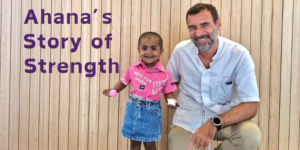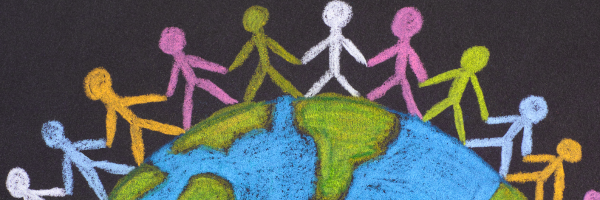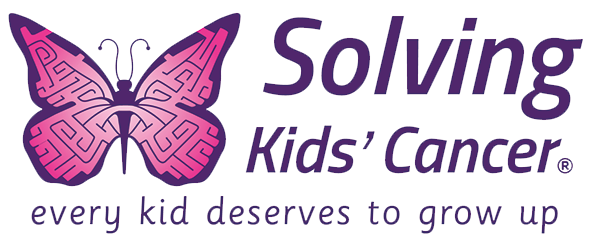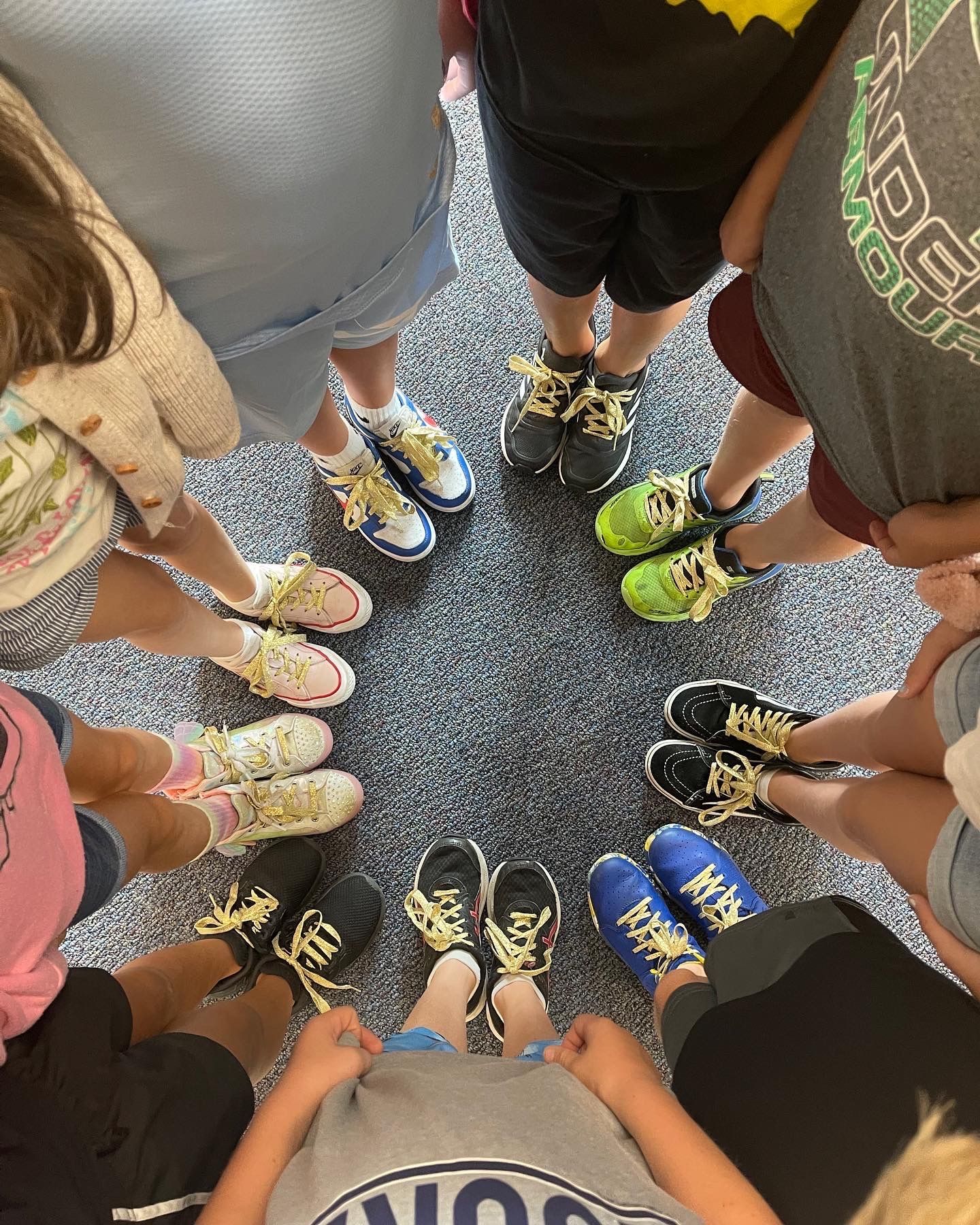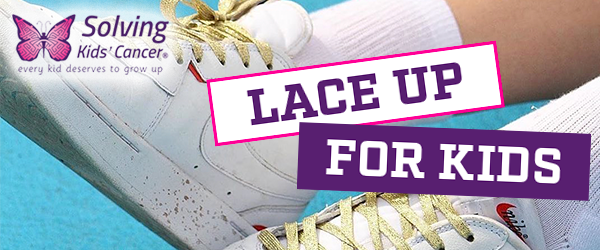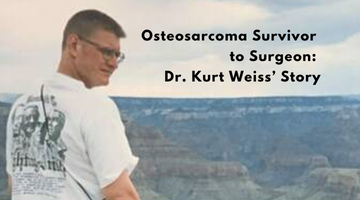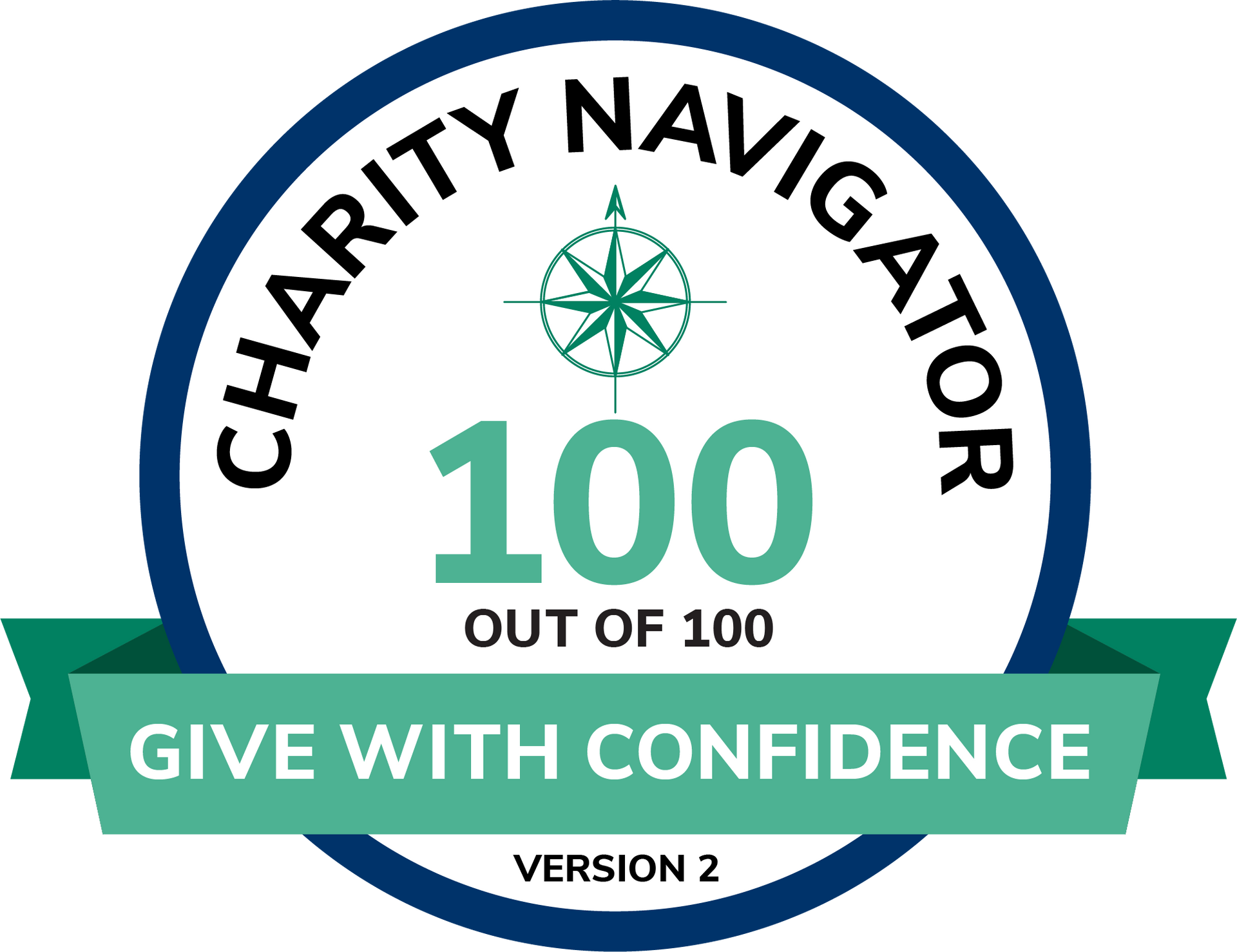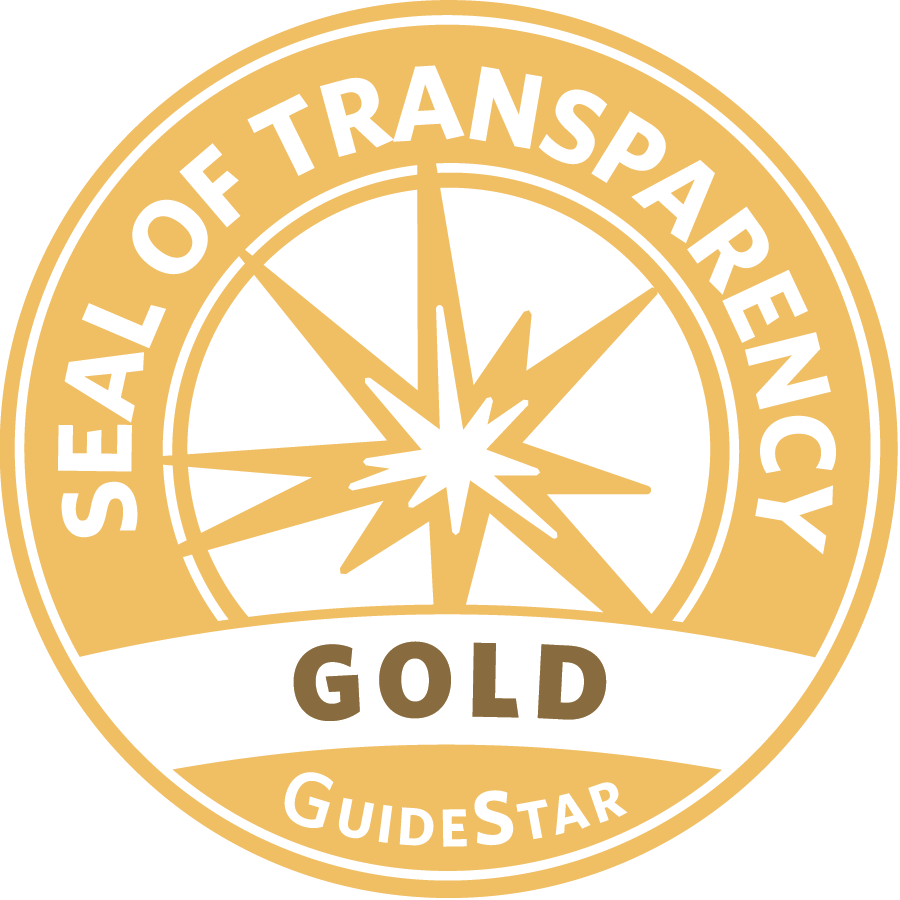Stories of Impact: Erin Martin
Gold Laces for Childhood Cancer Awareness Month: Erin’s Story
Erin Martin’s journey began with a simple pair of gold shoelaces, but it has grown into a powerful mission to make a difference in the fight against childhood cancer. At just 14 years old, Erin has dedicated herself to raising awareness and funds for pediatric cancer research through Solving Kids’ Cancer’s annual Lace Up for Kids campaign.
Why is her work so crucial? Because every day, 47 children in the United States are diagnosed with cancer,1 and despite advances in research, cancer remains the leading cause of death by disease for children.1 Erin’s mission is to change that, one pair of gold shoelaces at a time.
And she’s not alone. Through the Lace Up for Kids campaign, 150,000 pairs of gold laces have been worn in all 50 U.S. states, and over 250 schools, sports teams, and youth organizations have joined the cause. This global movement has reached participants in 20 countries and raised over $250,000 to support breakthrough treatment options for childhood cancer.
To inspire others and learn firsthand what drives Erin to keep going, we spoke with her about her journey, the challenges she faced, and the impact she’s determined to make.
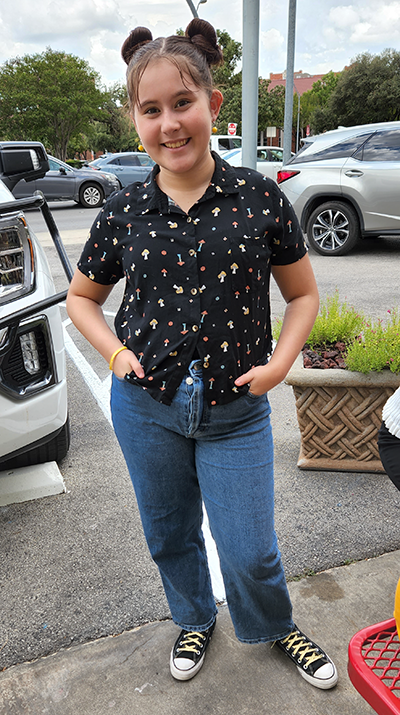
How It All Started
Three years ago, Erin was introduced to the Lace Up for Kids campaign, and she was instantly hooked. What began as a simple program activity soon became a deeply personal mission. “I first got involved in Lace Up for Kids through a program, but even after it ended, I couldn’t stop,” Erin shared. “Not many kids my age are aware of what’s going on around them, and I wanted to change that.”
Every September, during Childhood Cancer Awareness Month, Erin would hand out the campaign’s special gold shoelaces to her classmates, encouraging them to wear the laces and show their support. “The most rewarding part of this journey is sharing it with my friends,” Erin said with a smile. “We even made my middle school an official ambassador for the campaign — we have a plaque in the lobby now.”
The Mission Behind Lace Up for Kids
Lace Up for Kids is more than just a childhood cancer fundraiser — it’s a movement that unites communities in support of children battling cancer. The gold shoelaces symbolize the gold ribbon, the international sign of Childhood Cancer Awareness. By wearing these laces, you’re making a visible statement of care and helping to advance lifesaving research.
Solving Kids’ Cancer focuses on the toughest childhood cancers—those that are the most difficult to treat and have the fewest options. SKC’s mission is to discover, fund, and advocate for next-generation treatments that can offer hope where it’s needed most. Campaigns like Lace Up for Kids are a big part of this mission, bringing people together to make a real difference. For Erin, being part of this campaign means joining something bigger—something that can change the future for kids fighting cancer.
Juggling School, Hobbies, and Advocacy
Erin’s life is busy — like most teens her age — but she’s found a way to balance everything. From staying on top of her schoolwork and enjoying pageantry to spending time with her friends, Erin manages it all while remaining committed to her advocacy work. She’s motivated by a mantra she holds close: “One day or day one, you decide” a quote from Paulo Coelho. For Erin, it’s a reminder that every day is a chance to start something new and make progress, whether it’s in her studies or her mission to raise awareness for childhood cancer.
“I use a dry-erase board to keep track of everything,” Erin explained. “Getting my schoolwork done sooner gives me more time after school to volunteer and work on projects like Lace Up for Kids.” Her disciplined approach, guided by her mantra, helps her manage her commitments while making a real difference in the fight against childhood cancer.
Overcoming Challenges and Staying Motivated
Even though Erin is a natural leader, she admits that advocating for childhood cancer isn’t always easy. “I get nervous, especially when I’m asking people for support,” Erin confessed. “But I remind myself that the worst thing they can say is ‘no,’ and that’s okay.”
Her family and friends play a huge role in her success, helping her pass out shoelaces and promote the cause. “They’re my biggest supporters in everything I do,” Erin said gratefully. She’s seen the impact of these small gestures firsthand. “Wearing these laces is a small thing, but it means a lot,” she shared. “It’s a way to show kids with cancer that they aren’t alone in their fight.”
Tips from Erin: How to Get Involved and Make a Difference
Erin’s journey in childhood cancer awareness has been nothing short of inspiring. Here’s her personal advice for making a real impact.
- Start Small: You don’t have to do something huge right away. Start by talking to your friends and family about the cause and see how they can help.
- Be Bold: Don’t be afraid to ask for support. It can be nerve-wracking, but remember, the worst thing that can happen is someone says ‘no.’
- Stay Organized: Find a system that works for you, such as a planner, an app, or a simple to-do list. Staying organized helps balance your commitments and ensures you can dedicate time to what matters most.
- Get Your Community Involved: Encourage others in your community — at school, work, or within local organizations — to join the cause. Building a supportive network amplifies your impact and brings more people together for the mission.
- Keep Going: Even if it gets tough, don’t give up. Remember why you started and keep pushing forward.
Looking Ahead: Erin’s Vision for the Future
Erin isn’t stopping here — her ambitions are growing just as quickly as her impact. She envisions organizing a grand gala, a night where people come together, dressed to the nines, united by the common goal of raising substantial funds for childhood cancer research. For Erin, this event wouldn’t just be another childhood cancer fundraiser; it would be a symbol of hope and a testament to the strength of communities rallying together.
But Erin’s vision extends beyond glamorous events. She’s determined to make a lasting impact by influencing legislation and advocating for increased government funding for pediatric cancer research. “There are kids like me and even younger who are going through cancer,” she reflected, understanding the urgency of her mission. Her goal is to secure more funding through legislative action so that fewer families have to rely on grassroots fundraising efforts. “If I can do something, anything, to help, then I’ll do it,” she adds, showing the resolve that drives her mission.
Join Erin and Lace Up for Kids
Like Erin, who started with a simple pair of gold laces and a big heart, you too can make a difference in the lives of children battling cancer. This September during Childhood Cancer Awareness Month, join Lace Up for Kids to take a stand and help ensure that no child has to face cancer alone — because every kid deserves to grow up.
If you can’t join the campaign, consider making a donation to cancer research to support the ongoing fight against childhood cancer.
Source:
1 Childhood Cancer Fact Library – https://cac2.org/impact-areas/awareness/childhood-cancer-fact-library/
